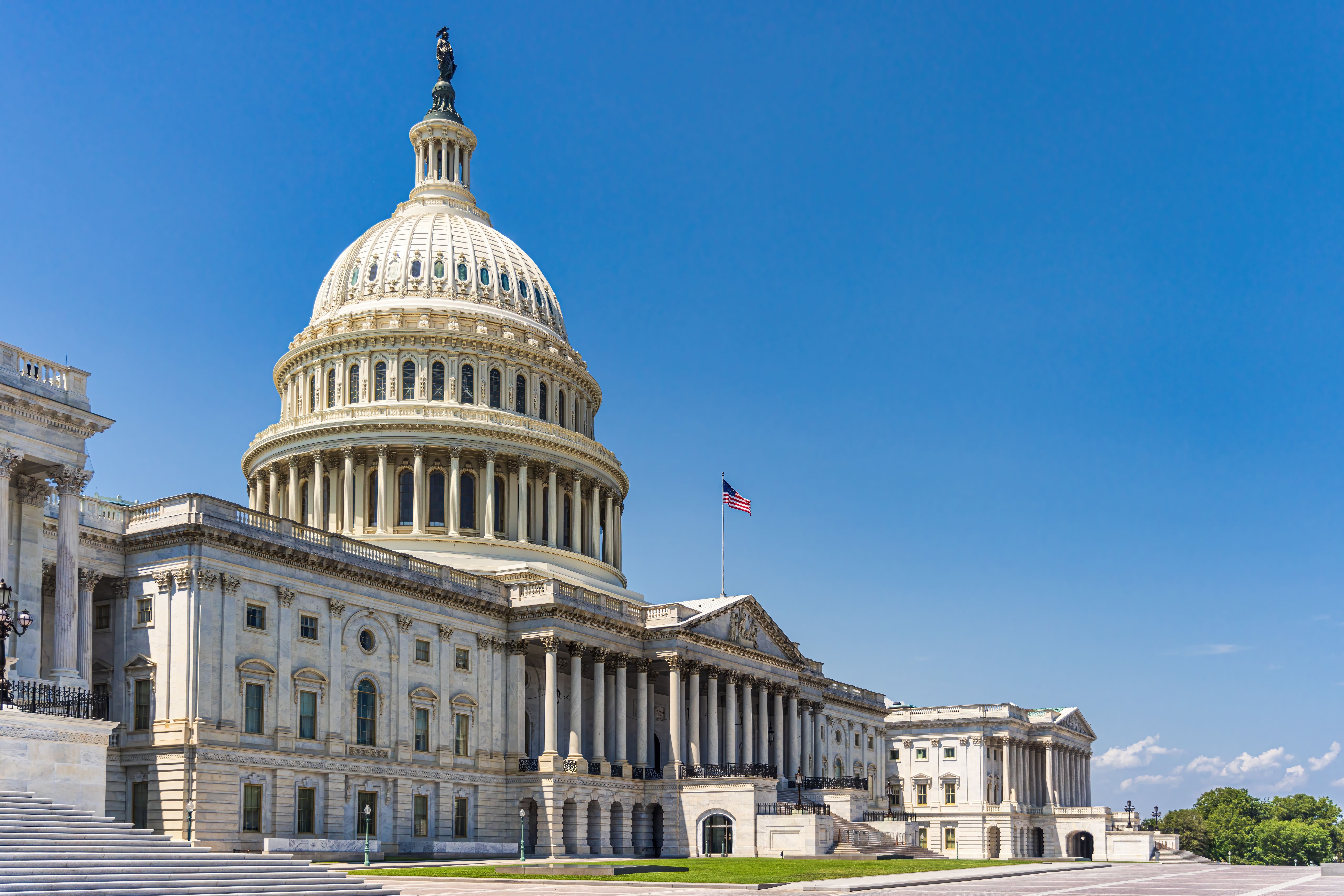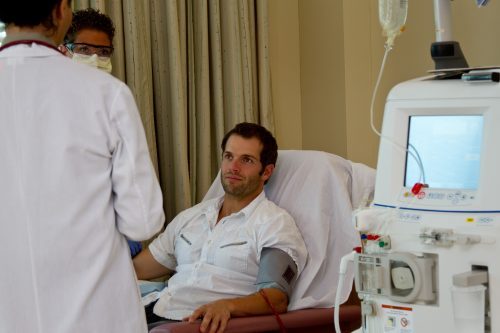
From the Chair
For a few years I’ve written about the importance of the federal government investing in a dialysis moonshot. Nothing big has happened, at least so far. Recent surveys and, separately, by coincidence, a bill introduced by two members of the United States House Committee on Ways and Means, underscore that chronic kidney disease (CKD) awareness, detection, and treatment remains a big problem. Legislation before Congress is targeted to fix this issue. First, consider the poll data.
A survey conducted by the Global Coalition on Aging on a cohort of US adults (n=1000) asked about understanding and perception of CKD.1 Only 58% of respondents had awareness of CKD, and this awareness was lower among elderly respondents, even though we know they have a higher prevalence of CKD.
In a separate survey of health care providers (HCPs) sponsored by Bayer Pharma,2 84% of respondents thought that patients with type 2 diabetes mellitus (T2DM) and CKD are unprepared for their diagnosis and that better communication about CKD is needed. The poll also reported that 89% of HCPs don’t think patients with T2DM and CKD understand that they are at high risk of cardiovascular disease (CVD).
Writing about the lack of awareness and difficulty in treating CKD,3 Rep. Carol Miller (R-WV) and Rep. Terri Sewell (D-AL) have introduced the Chronic Kidney Disease Improvement in Research and Treatment Act (HR 5027) to “expand access to prevention, education, and treatment efforts that will help patients and providers more effectively recognize and treat this silent killer.”
They go on: “The Chronic Kidney Disease Improvement in Research and Treatment Act would incentivize innovation in kidney care. It will require Medicare to provide a long-term, sustainable payment pathway for new drugs, biologics, medical devices, and other technologies that can help diagnose and treat kidney disease. It would also help to ensure Medicare Advantage plans support access to innovative therapies and treatments that are not currently covered. By expanding access to cutting-edge treatment options, these provisions will lower costs and result in better care for our nation’s kidney community.”
Lack of awareness of CKD remains a major issue. The National Kidney Foundation has done a lot, such as promotion of estimated glomerular filtration rate (eGFR), the kidney risk equation, the kidney heat map, and so on. Likewise, the International Society of Nephrology has championed World Kidney Day each March. Still, if we believe the surveys I’ve cited, it doesn’t seem to be enough. Unlike CVD, where awareness and education are high among HCPs and the general population, we don’t have a similar situation with CKD. For example, the importance of measuring urinary albumin excretion (UACR) is not widely recognized or implemented. While this might change with its adoption as a Healthcare Effectiveness Data and Information Set measure later this year, there is very little promotion of UACR among the primary care community.
Does education of HCPs about CKD make a difference? Research is limited. A cursory search of PubMed revealed very little original research over the past 10 years. However, insightful conversations I had recently with Dr. Manisha Jhamb, an associate chief of nephrology in the Renal Division at the University of Pittsburgh, point to three things that seem to make a difference: outreach directly to primary care practices, use of the electronic medical record to identify at-risk patients, and use of academic detailing (individualized contact with HCPs either through eConsults or personalized emails) advising them on what therapies to consider and how to manage the complexities of treatment, such as the initial dip in eGFR one sees with initiation of a renin-angiotensin-aldosterone system inhibitor or sodium-glucose cotransporter-2 (SGLT2) inhibitor, or managing acute hyperkalemia.
The problem is that most health systems and health insurers are not motivated to increase awareness about CKD, because with greater awareness comes earlier detection and treatment, both of which increase cost to the system. However, this approach is short-sighted and doesn’t consider the later consequences of CKD progression—heart failure hospitalizations, vascular complications, and even end-stage kidney disease (ESKD). In addition, the saying “more people die with CKD than progress to end-stage kidney disease” isn’t a punchline, it is true and supported by good data. The human cost of not managing CKD remains high.
The recently introduced bill HR 5027 would help increase awareness and education and provide pathways for patients to access newer preventive treatments for CKD, such as SGLT2 inhibitors. It would also push Medicare Advantage plans to cover these newer treatments—something that would be a major benefit to seniors. The first part of the dialysis moonshot is to prevent the need for dialysis. Of course, we also need innovations in ESKD treatment. So, I am all for HR 5027 and will write to my congressional representative. You should too!
References
- Gliadkovskaya A. More than half of Americans are unfamiliar with chronic kidney disease, survey finds. Fierce Healthcare. September 7, 2023. Accessed September 12, 2023. https://www.fiercehealthcare.com/providers/more-half-americans-unfamiliar-chronic-kidney-disease-survey-finds
- Taylor NP. With billions of dollars on the line, Bayer survey finds flaws in kidney disease communication, diagnosis. Fierce Pharma. March 14, 2023. Accessed September 12, 2023. https://www.fiercepharma.com/marketing/billions-dollars-line-bayer-survey-finds-flaws-kidney-disease-comms-and-diagnosis
- Sewell TA, Miller C. We must help improve the outlook for individuals living with chronic kidney disease. Roll Call. September 7, 2023. Accessed September 12, 2023. https://rollcall.com/2023/09/07/we-must-help-improve-the-outlook-for-individuals-living-with-chronic-kidney-disease/







 © 2025 Mashup Media, LLC, a Formedics Property. All Rights Reserved.
© 2025 Mashup Media, LLC, a Formedics Property. All Rights Reserved.